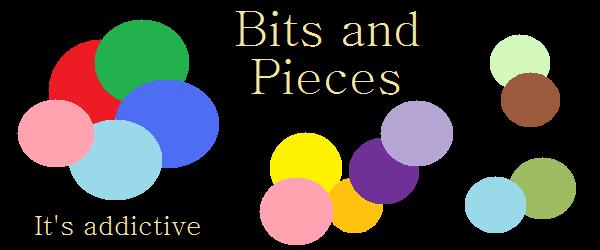

For even numbers, the folds are found the same way, but the number of cuts is half the number of sheets minus one. The rule could be expressed as: (f = s – 1 c = f ÷ 2), where s is an odd number. For an odd number of sheets, the number of sheets – 1 = folds folds ÷ 2 = cuts. Two rules are needed, one for an odd number of sheets and one for an even number of sheets. Pattern: add the creases and sections of each number of folds to get the next It will have three creases and four sections.ī. The rule for this can be expressed as (number of sheets ÷ 2) – 1. As a diagram, this could be represented as:

For example, for eight sheets, 8 (sheets) ÷ 2 = 4 – 1 = 3 (cuts). For even numbers of sheets, the table is:Īlthough the number of folds is still one less than the number of sheets, the rule for cuts is the number of sheets divided by two minus one. To answer question 2, the students will need to include even numbers of sheets. This could be expressed, as in the Answers, as: f = s – 1 c = f ÷ 2, where s is an odd number. So the rule for odd numbers of sheets is: folds = number of sheets – 1 and cuts = number of folds ÷ 2. A staple is put through half of the folds to make a spine, so the number of cuts is half the number of folds. Bits and Pieces We scour the web so you don't have to. The table shows that the number of folds for odd numbers of sheets is always one less than the number of sheets. The students could experiment with small numbers of odd sheets and put their results in a table: Question 1 concentrates on odd numbers of sheets. The comments and rules below are based on the first cut being the second fold. In terms of the activity, they need to know that the number of folds includes the folds that are later cut. To clarify any confusion, you may need to point out to the students that one sheet of paper is two pages. Students at levels 3 and 4 are not expected to be able to put together functional rules such as these. (You don’t have to find the previous number.) With this functional rule, you can now find any number in the pattern. If f is the number of folds, s is the number of sections, and c is the number So three folds will give 2 x 2 x 2 (or 2 3) = 8 sections. The number of sections doubles with each fold. There are also functional rules that link the number of folds with the numbers of creases and sections.

Note that with recursive rules, you cannot find the nth number in a pattern unless you know the previous number. lit bits and pieces Today I dance: Spiritual Journey Of foxes, finches, and Franna A slice of memoir poetry: Island gift For my finch followers: hatching. These rules are recursive rules rather than functional ones. Just roll the Puzzle Tableau to your favorite spot and lock the swivel casters in place. The students are most likely to notice that each extra fold doubles the number of sections and that there is one less crease than there are sections: Adjustable Puzzle Tableau Bits and Pieces Home Puzzle Tables & Organizers Adjustable Puzzle Tableau Adjustable Puzzle Tableau 42109 Price: 169.99 In Stock Qty: Create your own custom comfort with our innovative puzzle table.

Note that the differences shown in the creases pattern are the figures found in the sections column. Here is the pattern for the creases column: The creases and sections columns share the same pattern, based on subtraction. There are several interesting patterns in the table. Give the students paper to fold to check their predictions and to complete the table. To comply with the new e-Privacy directive, we need to ask for your consent to set the cookies.Most people find visualising the number of creases and sections very difficult. We use cookies to make your experience better.


 0 kommentar(er)
0 kommentar(er)
